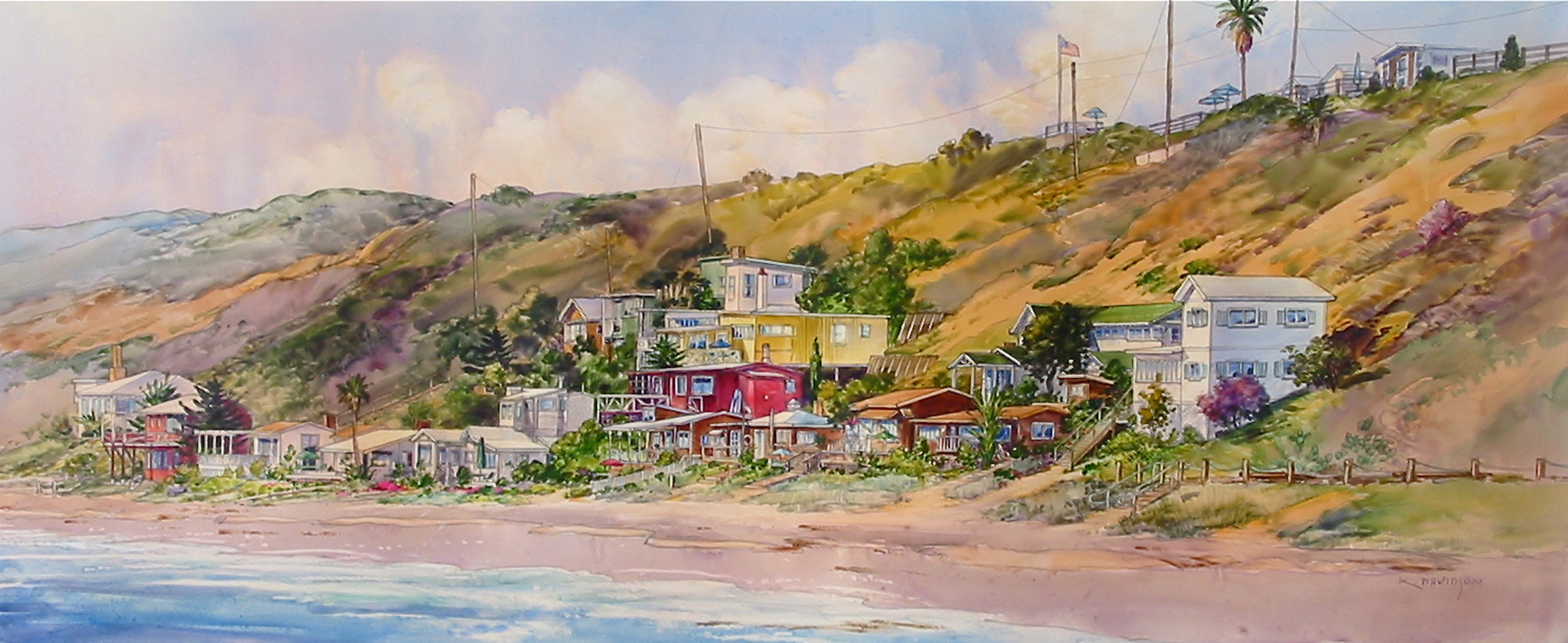The building blocks to healing ourselves can be found right outside, in our own backyards.
Gardening has come around to awaken our spiritual selves, encompassing all of the senses in the most natural way to make both our minds and bodies healthy. Growing a garden, nurturing the tiny shoots into a plant that thanks you with its beautiful flowers, edible fruits and delicious scents is, simply put, healing.
Sarah Robinson’s favorite quote is from John Muir, an early advocate of preservation of wilderness. He said, “The power of imagination makes us infinite.” It is her imagination that speaks loudly in the form of aesthetic landscapes that heal. She loves to design spaces where people can rest and breathe easily and won first prize at the 23rd Annual Southern California Spring Garden this last weekend for her display titled The Healing Garden (a co-effort with Garden Pro’s Landscape and Construction).
I spoke with Sarah the day after, and she opened up about outdoor spaces and how a healing garden is beneficial to everyone.
Q: Is a healing garden something new?
A: Gardens have always been a form of healing and have been used to aid in the healing process throughout history from the Japanese Zen Gardens to the Monastic Cloister gardens. During the 20th century with the increase in allopathic medicine, gardens for healing intent went to the wayside and became a showcase of just beauty and skill in gardening. But now with the interest in complimentary and alternative therapies that puts emphasis on healing the whole person rather than just alleviating symptoms, gardens have once again become a tool to bring about wellness.
Q: What benefits are found in a healing garden?
A: The therapeutic benefits of a garden are many. Just by viewing a natural scene or elements such as a garden provides stress recovery through evoking positive feelings, reducing negative emotions, and effectively holding attention, therefore reducing stressful thoughts. It puts the brain in an alpha state which translates to a wakeful relaxed state of mind. Post traumatic stress disorder is a great example where the PTSD patients benefit tremendously by participating in the care of a garden. The VA uses horticulture therapy and I actually witnessed first hand the remarkable healing process it provides for veterans.
Q: What’s the first step to making one?
A: Realize that really, any garden has healing qualities. But to work the dirt, touch the plants, smell mother earth is where the true benefits happen. So start out with a simple one, a small place that you can call your own and play with. You want to start with easy to grow plants. Also be aware of the functionality of the space. Utilizing gardening as a rehab for a loved one’s health might require easy reaching spots to plant, a place to sit and rest as well enough space to accommodate any limitations.

Q: Which plants make for an easy-to-maintain garden?
A: There are all kinds of plants. If you want to make an edible garden which provides a certain prize at the end for the person working the garden vegetables and fruit trees are wonderful. My personal favorite is the edible artichoke plant. It is an easy to work green bush, has beautiful deep purple flowers and the best thing it takes only one large plant to provide about 50 artichokes. The only maintenance required is to cut it back almost to the ground once a year to keep it strong and healthy.
Q: Wow. Never knew that about artichokes. Any other recommendations for plants?
A: Strawberries are fun to grow, delicious to eat and are very pretty. And so are blueberries. Both of those plants look beautiful together and I like to get a pot, plant the blueberries in the middle and trail the strawberry plants at the edge so the leaves and berries grow over and down the pot while the blueberry plant expands up and out. Watching the flowers bloom then mature into fruits is very satisfying and rewarding when you bite into a handful of the juicy fruits.
Q: Are there any other qualities to include in this type of garden.
A: Using the principles of design to create a unity in the garden is especially important in creating a healing garden. Simplicity is key. Keep the design simple and not too busy. But that doesn’t mean to stick with just one item. Be sure to include a variety of forms, textures, colors and smells to invoke sensory awareness. Balance within the garden is also helpful to keep an even flow of energy around the garden. Placing a beautiful low-lying plant next to a giant bush might dwarf the former out of site and stop the feeling of flow. Add other earth elements such as rocks, water, or sand for different textures.

Q: Gardening then invokes all the senses and this brings one back to a more natural state. Name some plants that stimulate this nature inside us.
A: Rosemary has a wonderful healing quality with its scent and very textural with its rough yet good feel when touched. Lettuces hold a variety of textures and come in such a wide variety range of colors. And they are edible! There are red ones, speckled ones, bright green ones and then there are some with smooth leaves, crinkly leaves, rounded and pointed leaves and all are very easy to grow and maintain. The visual affect can be quite pleasing by planting the bright green leaves next to the deep red ones. For more color, add nasturtiums, an edible spicy-tasting flower that shows in bright yellows, oranges and reds.
Q: Can a garden help with Alzheimers?
A: Absolutely. Utilize their favorite plants or other elements that stimulate memory, conversation and activity. The calm environment with an added water feature for the healing affect of sound, motion and peace helps tremendously.
Q: And for kids?
A: Sunflowers. Kids, as well as adults, love the big tall plants with the huge yellow flower. Just watching those giants follow the sun (the heads are always facing the sun) brings joy and a smile to anyone’s face. And they are so simple to grow. Grab some seeds (they grow best from seeds), stick them in the ground and see them reach for the sky tall and beautiful.
CONTACT INFO
Sarah Robinson
Sarah’s Gardens/The Plant Nerd, Inc.
714/ 916 3106





